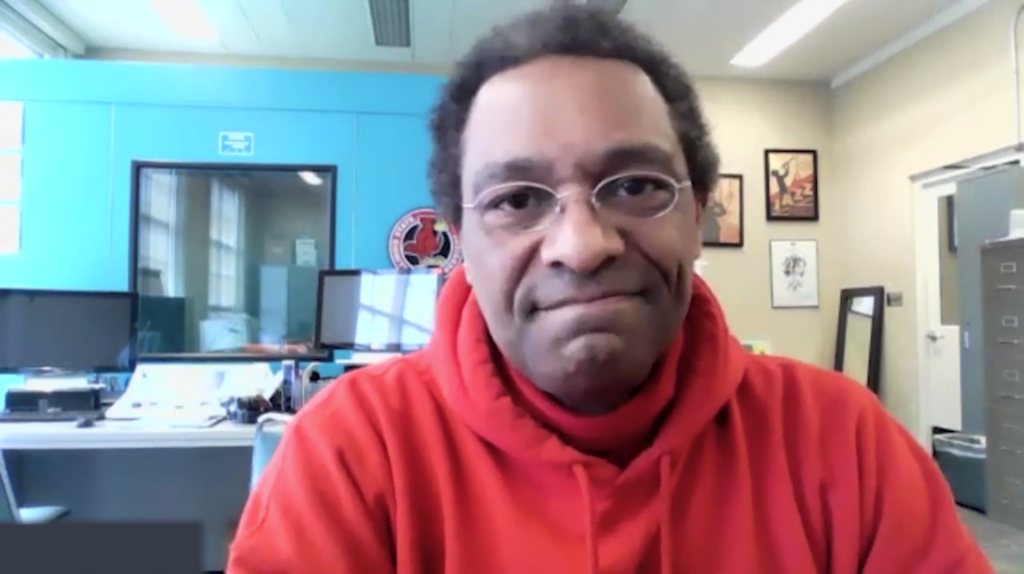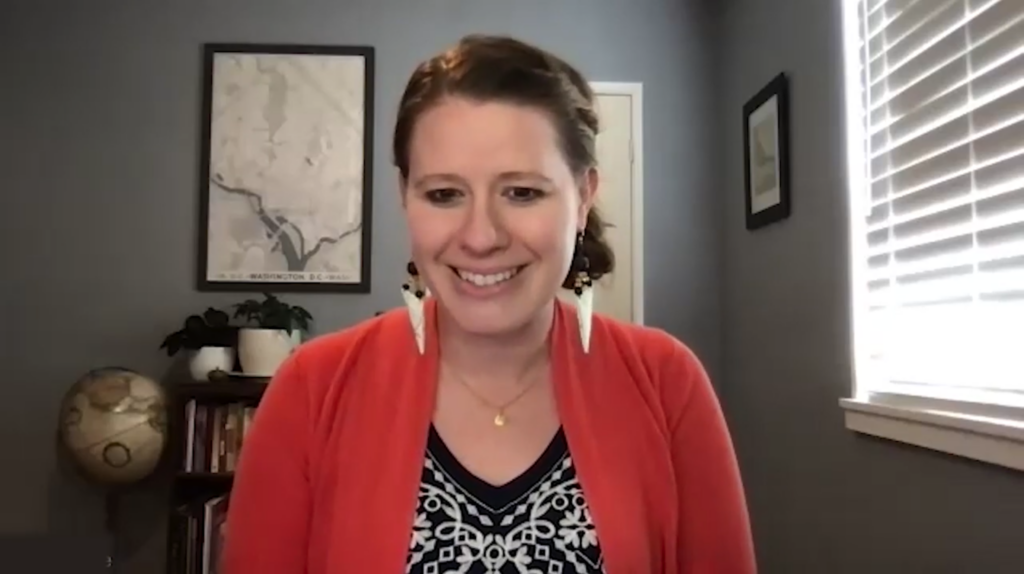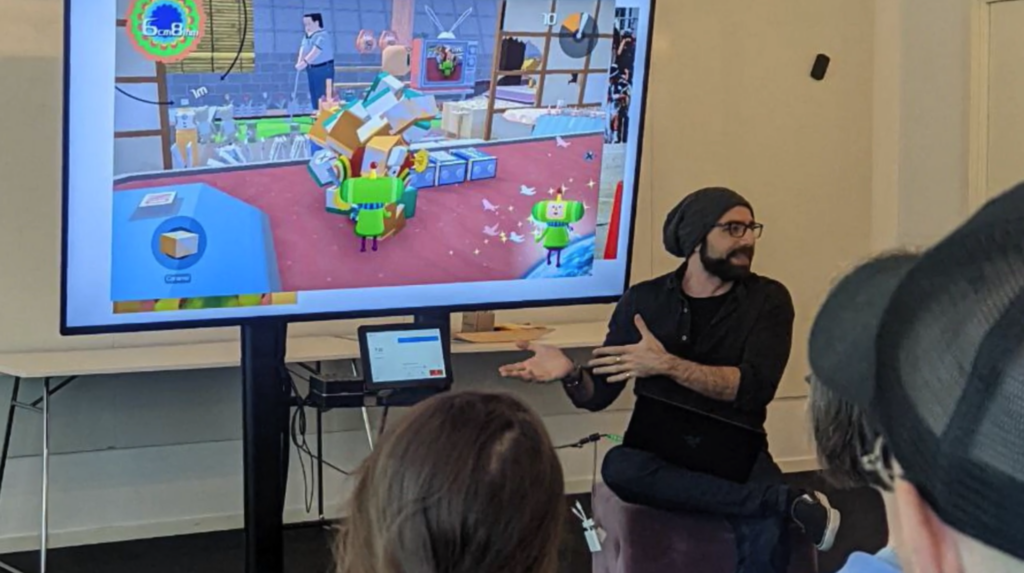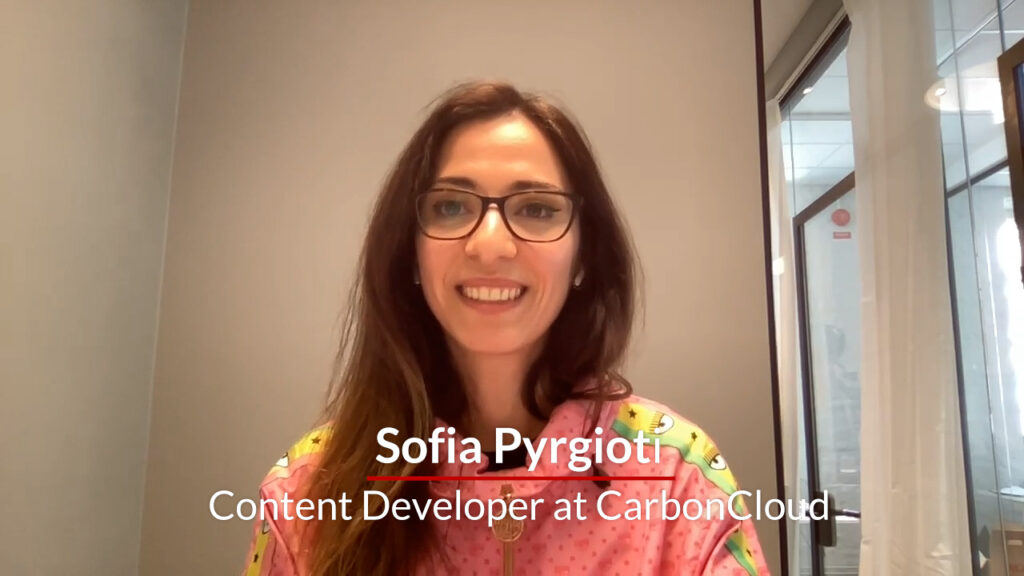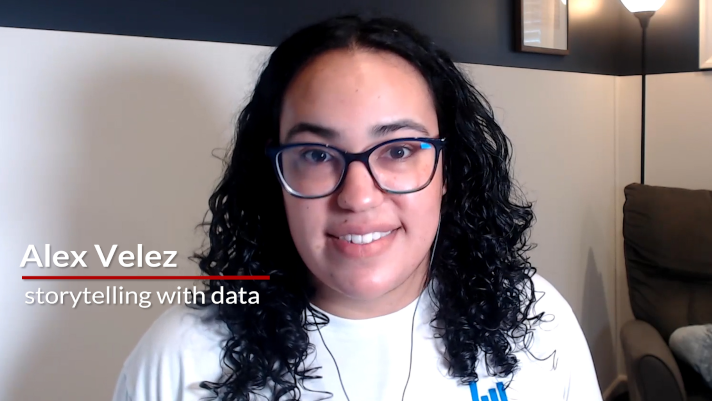The world needs student’s ideas!
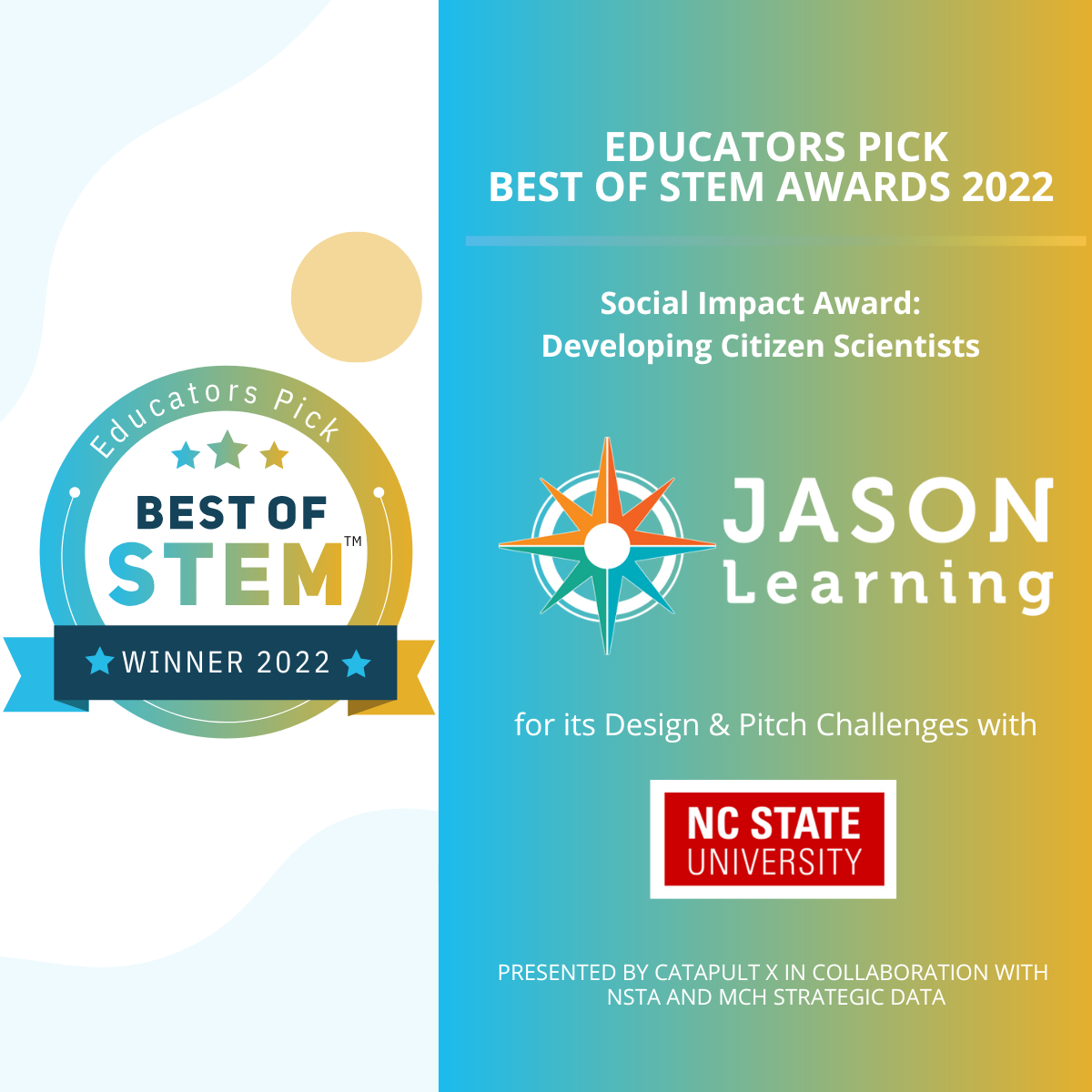
Design & Pitch Challenges in STEM asks students to examine significant problems in real-world circumstances and consider how they can create solutions. Students will meet inventors and entrepreneurs who share their insights into the process of creation, from concept to prototype, pitch, production, and distribution. They will encounter a selection of Challenges that can be approached from many angles, using different areas of knowledge, techniques, and technology. It is critical that students learn to recognize when to reach out and teach themselves something new about STEM, their clients, or the situation. Finally, it is their task to come up with an innovative solution to a Challenge and create a short, engaging pitch to convince a panel of investors that it’s worth funding. The world needs their big ideas!
Target Audience:
Grades 8-12
Examples of Key Vocabulary/Concepts:
Entrepreneurship, business models, innovation, design thinking, prototype, pitch, technical brief, STEM Champion, math, technology, social justice
How to Navigate Design & Pitch Challenges in STEM:
STEM Role Models

Challenge - Reduce, Reuse, Repurpose
Many products that we use (often briefly) and dispose of are made of non-renewable resources. These freely available waste materials present an opportunity for savvy entrepreneurs. Guided by Challenge Champion & CEO of South Post Oak Recycling Center, Brandi Harleaux, students will design a product that brings new life to this waste.
Target Audience:
Grades 8-12
Examples of Key Vocabulary/Concepts:
Design Thinking, material science, composite figure, Technical Brief, zero waste economy

Challenge - Negate Noise
Although noise often provides helpful information about the world, constant exposure to noise pollution can lead to multiple negative health outcomes. Active Noise Canceling (ANC) technology, alters the shape and amount of sound waves that enter our ears, and can help mitigate this problem. Audiologist Dr. Antony Joseph challenges students to find an innovative way to apply ANC to make the world more accessible.
Target Audience:
Grades 8-12
Examples of Key Vocabulary/Concepts:
Active Noise Canceling, trigonometric functions, frequency, prototype, entrepreneurship, and projectile motion.
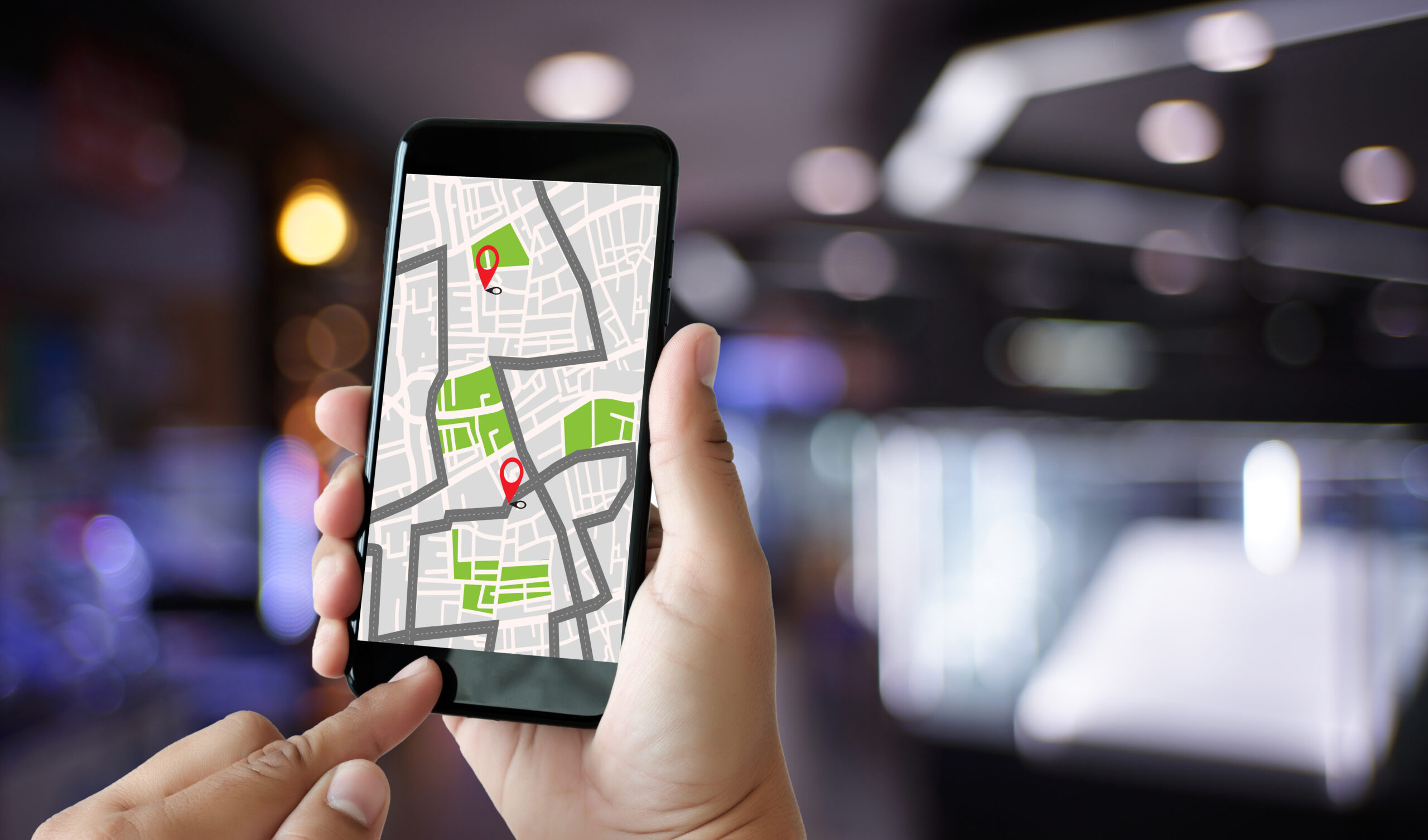
Challenge - Routes Reimagined
When we plan out how to get somewhere, we might consult a navigation app or a map. Unfortunately, many navigation apps prioritize the fastest routes, and many maps leave out a community’s hidden gems. What if there were a navigation app that let people plan journeys based on criteria that they care about? Guided by Challenge Champion and GIS expert, Alison DeGraff Ollivierre, students will identify the needs, interests, and values of the people who will use a navigation app, and find creative ways to help people get where they need to go.
Target Audience:
Grades 8-12
Examples of Key Vocabulary/Concepts:
Rate of Change, GPS, walkable city, geolocation and tracking, etc.

Challenge - Gaming for Change
Playing video games together can connect people when it is impossible to meet in person. Games based on projectile motion can appeal to experienced gamers and novices alike, but few video games capitalize on the power of projectile motion in a nonviolent way to encourage connectedness and well-being. Game designer Fawzi Mesmar, challenges students to design an engaging, nonviolent, and accessible game that uses projectile motion to make a positive impact on the world.
Target Audience:
Grades 8-12
Examples of Key Vocabulary/Concepts:
Projectile motion, quadratic function, model, etc.
Challenge - Goal Tracker
Businesses and people are more likely to make positive changes if they believe change is possible and have opportunities to celebrate progress. This provides a chance for entrepreneurs to create products that inspire long-lasting change through innovative visuals that demonstrate gradual progress. In this Challenge, you will design a business that helps users change unwanted behaviors or develop new healthy habits through tracking and visualizing their progress.
Target Audience:
Grades 8-12
Examples of Key Vocabulary/Concepts:
Function, domain, range, piecewise, etc.
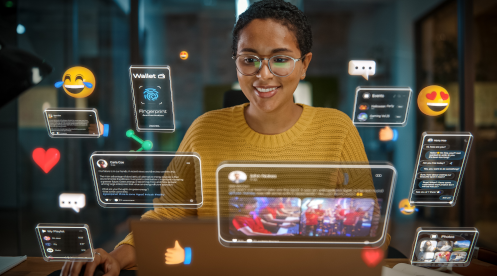
Challenge - Backed By Data
Modern technology makes it easier than ever to create and share compelling narratives that are designed to influence our perspectives and actions. Although such narratives can provide a quick way to understand issues and make decisions, stories that are justified using outdated, limited, or invalid data can have harmful repercussions. In this curriculum, students are challenged to design an influencer brand that shares data-backed content to tell stories that have been overlooked or misunderstood.
Target Audience:
Grades 8-12
Examples of Key Vocabulary/Concepts:
Data visualization, spread, center, correlation
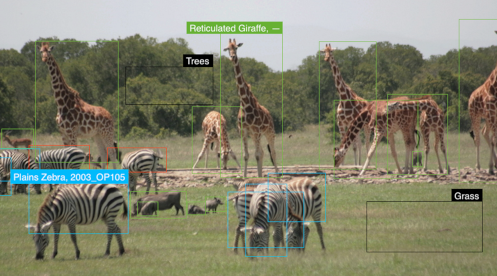
Challenge - Image Identifier
Machine learning is more accessible than ever and entrepreneurs are harnessing it in new and innovative ways. But machine learning and image identification carry significant ethical implications, from automating bias to invading privacy. In this challenge, students will need to design a business that creatively uses machine learning for image recognition.
Target Audience:
Grades 8-12
Examples of Key Vocabulary/Concepts:
Experimental probability, conditional probability, two-way frequency tables

Challenge - Navigating Networks
For many organizations, deciding how to “best” connect people with a product or service is essential to their mission. Networks can help organizations by visualizing and “weighting” variables to evaluate possible solutions. In this Challenge, you will design an organization that uses weighted networks to responsibly and equitably provide goods or services to your customers.
Target Audience:
Grades 8-12
Examples of Key Vocabulary/Concepts:
Network, node, variable, weighted edge

Challenge - Transformative Structures
Whether it’s a multifunctional tool or a wheelchair-accessible van, people need products that can be transformed to serve more than one goal. Public spaces and consumer products that are multifunctional can increase efficiency, save space, and reduce waste and costs. In this challenge, you will need to design a physical structure that addresses a community need and can be transformed to support multiple purposes.
Target Audience:
Grades 8-12
Examples of Key Vocabulary/Concepts:
Multifunctional, translations, rotations, reflections, dilations
Fill out the form below to request access for your students.


This free material is based upon work supported by the National Science Foundation under Grant No. 2048332 Any opinions, findings, conclusions, or recommendations expressed in this material are those of the author(s) and do not necessarily reflect the view of the National Science Foundation.
These free materials were authored by Dr. Erin Krupa, Dr. Robin Anderson, and Michael Belcher, and the research team in the Department of STEM Education at North Carolina State University and JASON Learning. Contact us at design_pitch@ncsu.edu.


